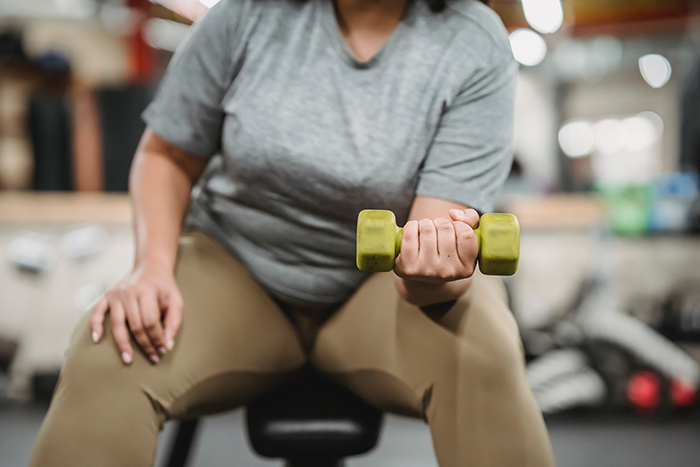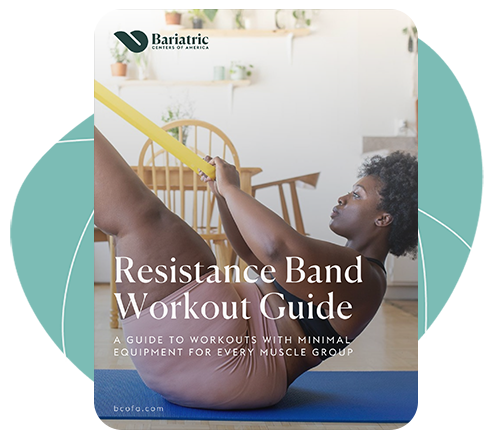
As I prepare to become a certified personal trainer, I am asked by many patients how to exercise for weight loss. There is a common belief that cardio is the way to go if you are looking to torch those calories and lose fat. However, what most people fail to recognize (even the average Jane whom you may see at the gym every day), is that weight training can actually prepare your body to burn more calories over time.
If you have a Fitbit or Apple Watch that can track your heart rate and calorie burn, you will recognize that you burn way more calories on the elliptical than you otherwise would picking up some dumbbells, given the same amount of exerted effort and time period. Meaning, you burn calories in that allotted time off work and will lose weight because of it, (given you are following a healthy diet).
However, you are not just losing fat when you see that number go down on the scale after a prolonged period of cardio-focused workouts—you are also losing muscle.
The Importance of Muscle
The more muscle mass an individual has, the higher their resting metabolic rate will be—i.e. they will burn more calories sitting. Not only will more muscle keep you burning more calories throughout the day, but it will also help strengthen your connective tissue, improve your blood sugar levels, and improve sleep, among other benefits.
The Afterburn Effect
Studies have proven that strength training workouts can boost your metabolism for up to 38 hours after your training session is over, this is called the afterburn effect. The afterburn effect is a result of your body have to repair the muscle that was broken down during your training session.
Similarly, intense cardio sessions where your heart rate is elevated for an extended period of time is proven to also create an afterburn effect.

Exercise for Weight Loss
Well, I have provided an argument for both cardio-focused workouts and strength training workouts. But which one is better for patients looking to lose weight? The answer is…it depends!
Although cardio will help you torch those calories during your workout, strength training will build muscle over time, therefore leading to a higher caloric burn on a regular basis. Also, strength training will help you tone up if you are at a period where you would like to look more defined. So it really depends on what your goals are.
For our patients, we recommend they incorporate a healthy balance of both cardio and strength training into their regular workout routine.
Incorporating Cardio and Strength Training into Your Workout
Most people think that their workouts should be focused on either cardio or weight lifting; not both. Although it is A-Okay to pop in your headphones and take it easy on the elliptical or treadmill some days, I
see the best results when patients incorporate both cardio and weight lifting into their regular workout routine.
For our patients, I suggest warming up with 10 to 20 minutes of some form of light cardio—this can be the elliptical, walking, biking, swimming, etc. Anything that elevates your heart rate and keeps you burning those calories throughout your workout.
Following your cardio warmup, patients should focus on weight training exercises, which can be tailored to target a specific muscle group on a given day. Finally, I always like to close out my workouts with a 5-minute cooldown that can include walking or stretching.
So the next time you are at the gym, don’t be afraid to venture out and try some new exercises that you can incorporate on a regular basis. YouTube has a plethora of exercise videos and tutorials that you can reference.












